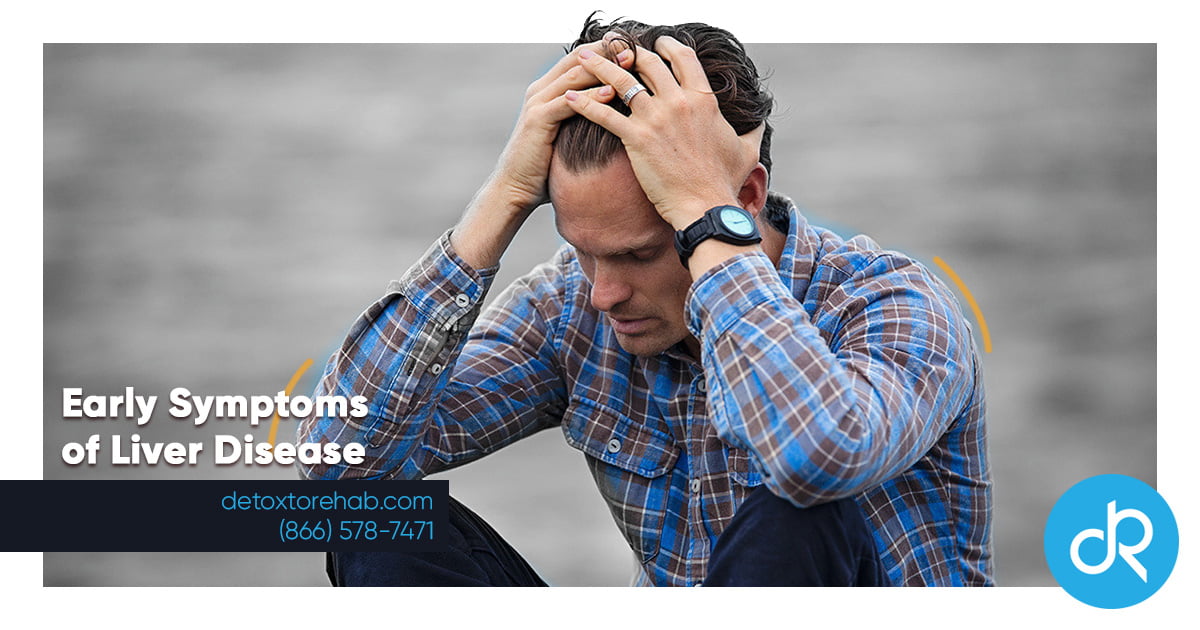Understanding Liver Disease
Liver disease is a silent crisis affecting millions worldwide. Often, people don’t realize their liver is damaged until the disease has progressed to dangerous stages. According to the CDC, over 4.5 million Americans live with chronic liver disease, and deaths from liver disease continue to rise each year.
As Anne Lamott wisely said:
“You own everything that happened to you. Tell your stories. If people wanted you to write warmly about them, they should have behaved better.”
The liver is your body’s filter. It clears toxins, processes medications, stores nutrients, and supports digestion. When it stops working properly, toxins build up, your organs suffer, and life can become fragile. This guide explains the official symptoms of liver disease, including alcoholic and non-alcoholic causes, so you can recognize danger signs early and seek the right help before it’s too late.
How Liver Disease Develops
The liver is a resilient organ that regenerates its cells after injury. But when it is repeatedly damaged—by alcohol, fat buildup, infections, or autoimmune attacks—scar tissue begins to replace healthy liver cells. Over time, scarring stiffens the liver, blocking blood flow and preventing it from working properly. Without treatment, liver damage leads to cirrhosis, liver failure, or liver cancer.
Official Symptoms of Liver Disease
Early Symptoms (Often Overlooked)
Many people ignore or dismiss early liver disease symptoms because they seem mild or unrelated:
- Chronic fatigue and weakness
- Loss of appetite or unexplained weight loss
- Mild nausea or upset stomach
- Abdominal discomfort or fullness, especially on the right side
- Dark urine despite hydration
- Persistent itching with no skin cause
Advanced Symptoms (Require Medical Attention)
As liver disease progresses, symptoms become more serious:
- Jaundice: Yellowing of the skin and eyes due to rising bilirubin levels
- Swelling: Fluid buildup in the abdomen (ascites) or legs (edema)
- Severe abdominal pain: Especially in the upper right area under the ribs
- Bruising or bleeding easily: Due to poor clotting factor production
- Confusion and memory issues: Hepatic encephalopathy from toxin buildup affecting the brain
- Pale or clay-colored stools
- Dark, tea-colored urine
If you notice these symptoms, seek medical evaluation immediately. Untreated liver disease can lead to coma and death.
Causes of Liver Disease
Alcoholic Liver Disease (ALD)
Alcohol is toxic to liver cells. Excessive drinking over months or years causes inflammation, fat buildup, and cell death, leading to:
- Fatty liver (steatosis): Reversible with quitting alcohol
- Alcoholic hepatitis: Dangerous inflammation with fever, jaundice, and pain
- Alcoholic cirrhosis: Severe scarring and irreversible liver damage
Risk factors include heavy daily drinking, binge drinking, poor nutrition, and genetic predisposition.
Non-Alcoholic Liver Disease (NAFLD/NASH)
Non-alcoholic fatty liver disease (NAFLD) is liver fat buildup not caused by alcohol. It is now the leading cause of liver disease worldwide. NAFLD can progress to non-alcoholic steatohepatitis (NASH), where fat buildup causes inflammation and scarring.
Key risk factors:
- Obesity
- Type 2 diabetes
- Insulin resistance or prediabetes
- High cholesterol or triglycerides
- Sedentary lifestyle
Other Causes of Liver Disease
- Viral hepatitis (B and C): Leading causes of liver failure and cancer globally
- Autoimmune hepatitis: Immune system attacks liver cells
- Medications: Overuse of acetaminophen (Tylenol) or certain prescriptions
- Genetic conditions: Hemochromatosis (iron overload) or Wilson’s disease (copper buildup)
- Bile duct diseases: Such as primary biliary cholangitis
Stages of Liver Disease
1. Fatty Liver (Steatosis)
- Fat accumulates in liver cells
- Often has no symptoms and is reversible with lifestyle changes or quitting alcohol
2. Hepatitis (Alcoholic or Non-Alcoholic)
- Inflammation and damage to liver cells
- Causes pain, fatigue, nausea, and jaundice
3. Fibrosis
- Formation of scar tissue
- Liver still functions but damage is progressing
4. Cirrhosis
- Severe scarring that impairs liver function
- Leads to complications like bleeding, infections, and liver failure
- Often irreversible, though progression can be slowed with treatment
Diagnosis of Liver Disease
Doctors diagnose liver disease through:
- Medical history and physical exam: Discussing alcohol use, medications, family history
- Blood tests: Liver function tests (AST, ALT, bilirubin), INR, albumin
- Imaging: Ultrasound, CT scan, or MRI to assess liver size, fat, and scarring
- FibroScan: Non-invasive test measuring liver stiffness
- Liver biopsy: Confirms diagnosis and staging in uncertain cases
Treatment Options for Liver Disease
For Alcoholic Liver Disease
- Stop drinking alcohol: The most critical step
- Nutritional support: High-protein, vitamin-rich diet; thiamine and folate supplementation
- Medications: Steroids for severe alcoholic hepatitis, diuretics for swelling
- Managing complications: Endoscopy for varices, paracentesis for ascites
- Liver transplant: For end-stage cirrhosis in eligible patients
For Non-Alcoholic Liver Disease
- Weight loss: Even 5-10% reduction improves liver health
- Healthy diet and exercise: Reduces fat and inflammation
- Manage diabetes and cholesterol: Essential for slowing disease progression
- Emerging medications: Under research for NASH treatment
Prognosis and Life Expectancy
Early liver disease is treatable and often reversible. Cirrhosis and liver failure have poor outcomes without intervention, but stopping alcohol, losing weight, managing conditions, and considering transplant can extend life and improve quality.
Recovery and Hope
Living with liver disease can feel frightening, but treatment and lifestyle changes can save your life. Whether you’re battling alcohol addiction or weight-related liver issues, help is available. Recovery means regaining health, energy, and years with loved ones.
Margaret, a patient who reversed NAFLD, shared:
“I thought my liver was done for, but after losing 30 pounds and changing my diet, my doctor told me my liver was healthy again. It saved my life.”
Explore More
- Stages of Liver Disease Explained
- [Treatment Options and Lifestyle Changes]
- [Addiction Treatment and Support Programs]
- Ketoacidosis: a serious condition where the body produces too many ketones, causing the blood to become dangerously acidic.








